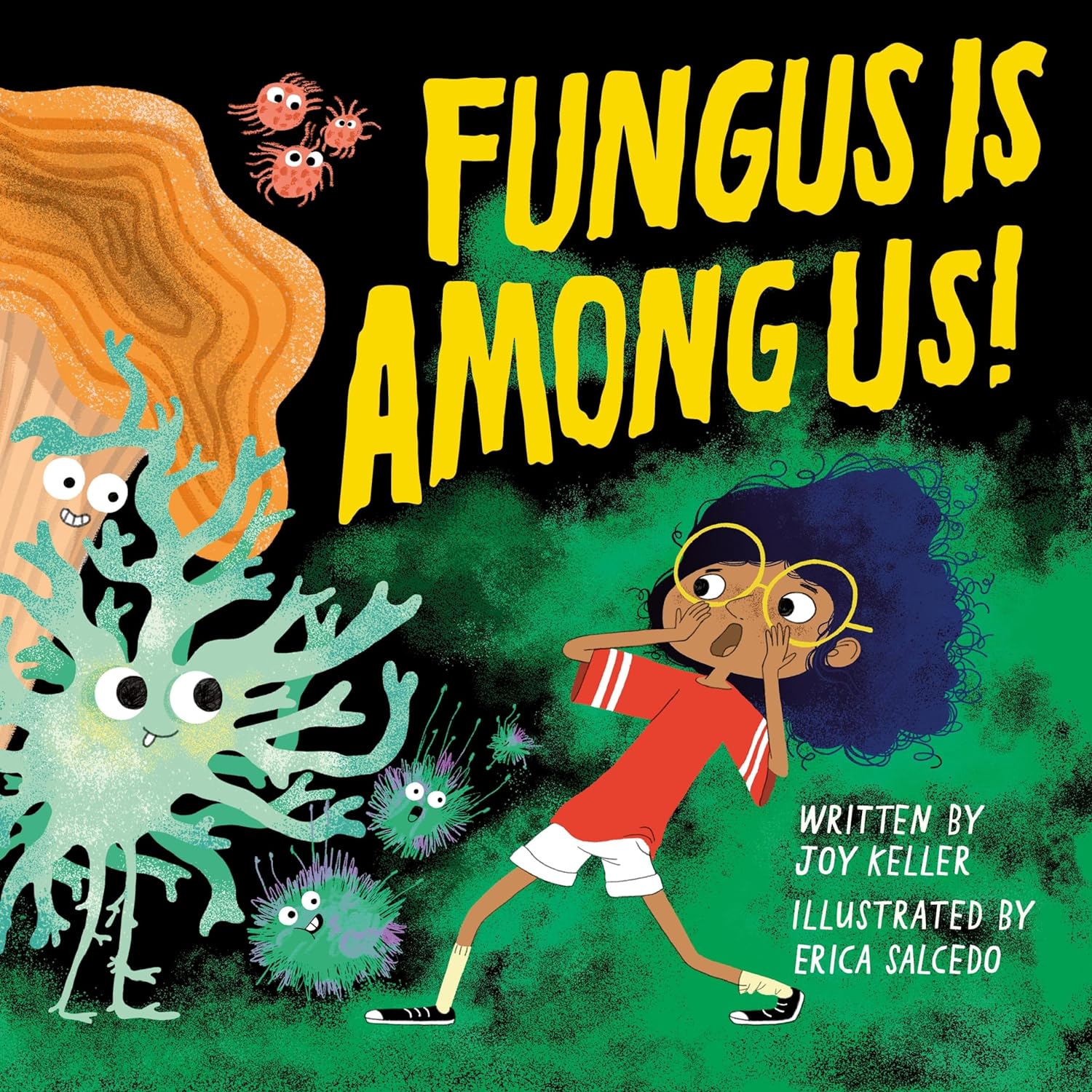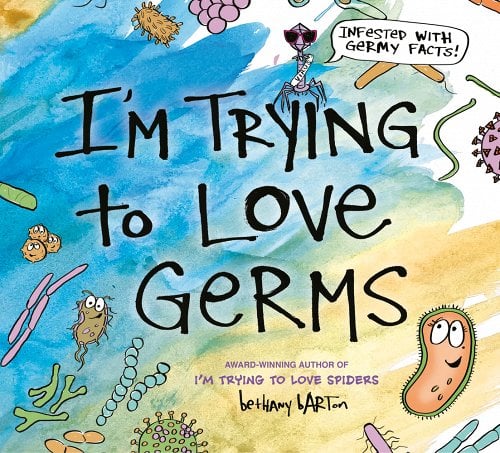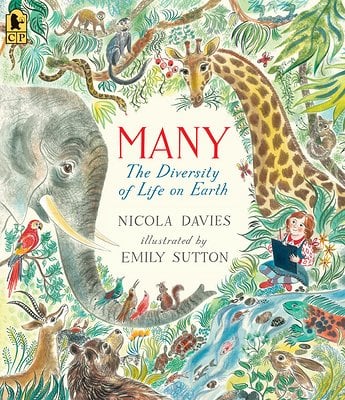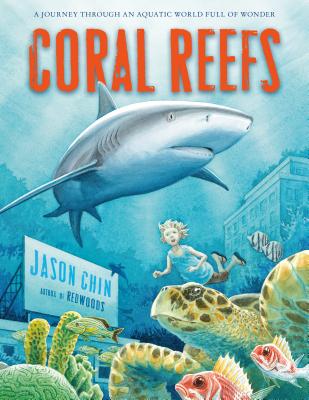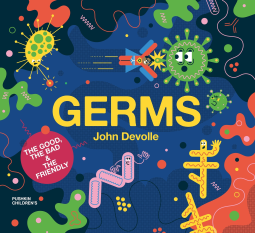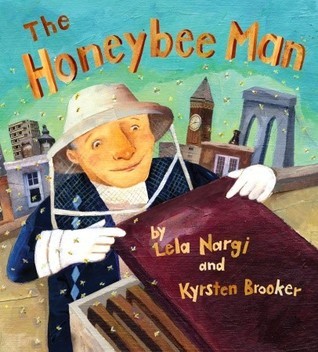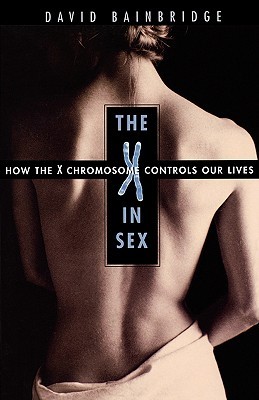1493: Uncovering the New World Columbus Created by Charles C. Mann (Knopf, 2011) details the ecological and human impact of the Columbian exchange. As a dense book full of research carefully explained and expanded, 1493 was certainly not a book I “galloped” through, as one of the historian commentators exclaims on the back cover. But


